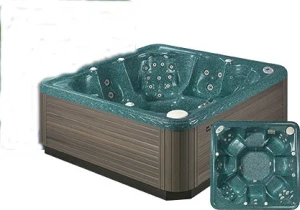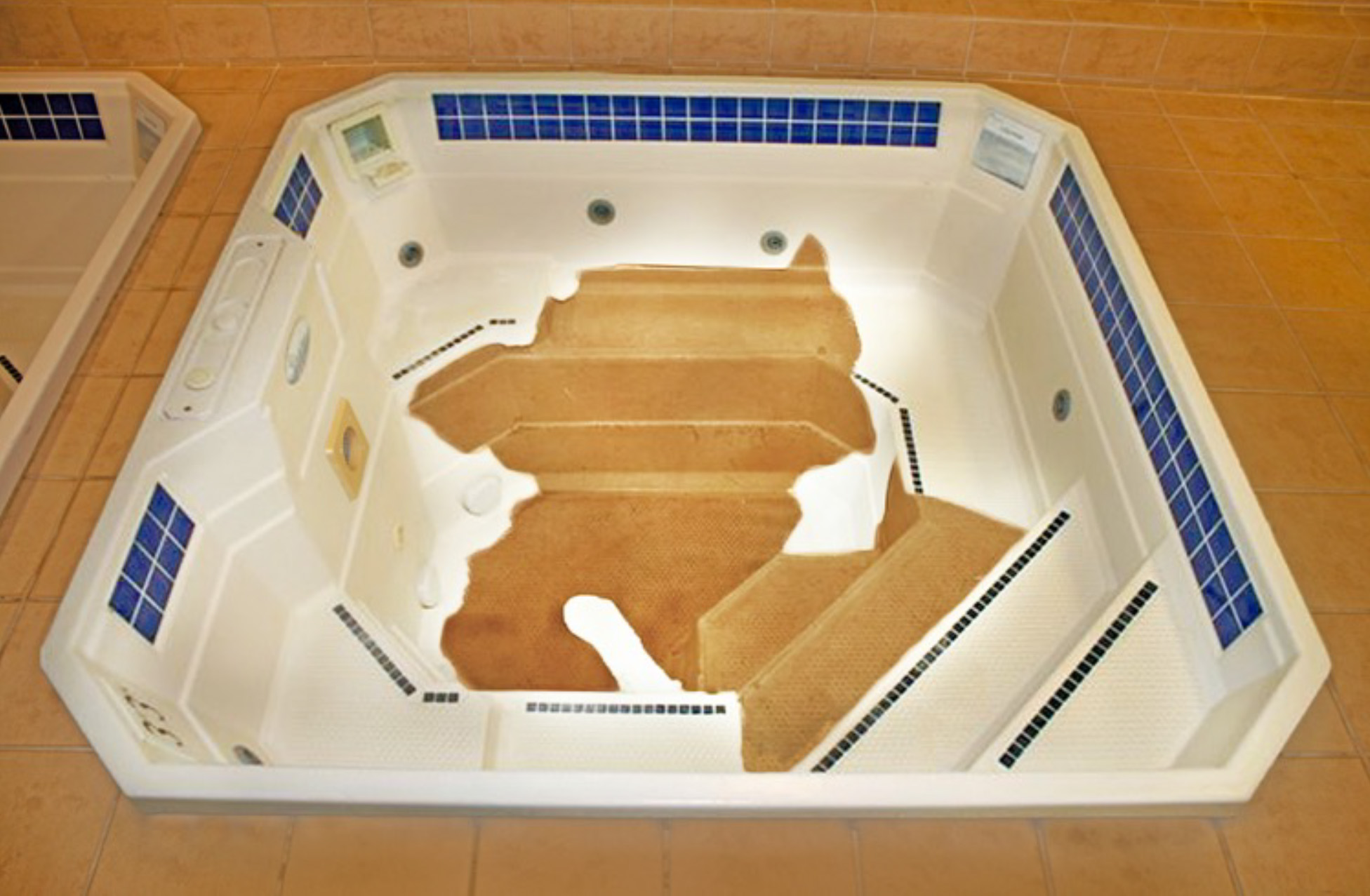John, a diligent repair technician, encounters a familiar challenge that many in the surface repair industry face — achieving an invisible repair with the MMA (Methyl Methacrylate) system on acrylic surfaces. Despite perfecting the filler and contour application, a persistent dark ring surrounds the repair area after buffing, detracting from the seamless finish desired. This scenario is not uncommon, even when using the exact color provided by manufacturers for warranty repairs.
The solution to this predicament lies in the application of Clear Coat, a crucial but often overlooked component of the MMA system. The misconception that the base coat alone suffices for a repair underlines a gap in understanding the complete repair process. The Clear Coat is essential for sealing the base coat, enhancing durability, providing UV protection, and, importantly, eliminating the dark ring effect.
The dark ring observed by John is a result of the MMA Basecoat’s sanding and polishing without the protective layer of Clear Coat. Acrylic, being a translucent material, allows light to pass through, casting shadows at the edges of the repair when the base coat is not properly sealed. This effect is unique to acrylic repairs due to its material properties and does not commonly occur with gel coat repairs.
To eliminate the dark ring, the MMA Basecoat must be sprayed and blended around the repair area without sanding before applying the Clear Coat. This technique prevents the dark line from reappearing and ensures the repair’s color remains consistent with the surrounding area. The Clear Coat is then applied, sanded, and polished to achieve the final finish.
John’s experience underscores the importance of not just the right color match but also the comprehensive application of the MMA system, including the critical step of Clear Coat application. By embracing the complete process and understanding the material properties of acrylic, repair technicians can achieve undetectable repairs, elevating the quality of their work to meet factory standards.
For detailed instructions on utilizing the MMA system effectively, technicians are encouraged to consult the provided guidelines and ensure each component of the system is applied correctly for flawless repair outcomes.
Click here for detailed MMA System repair instructions. (link to: BATH REPAIR-MMA.pdf in Procedures PDF section)



Find all the essential information about Multi-Tech Products, from contact details to terms of service, in our comprehensive footer section. We’re here to help you with all your surface repair needs.

Your order has been confirmed & it is on the way. Check your email for the details